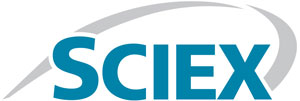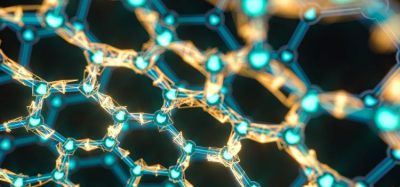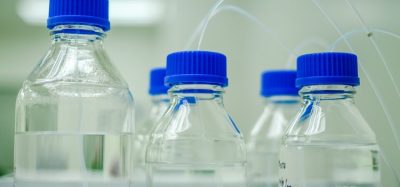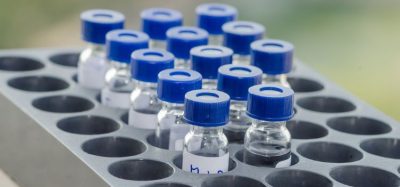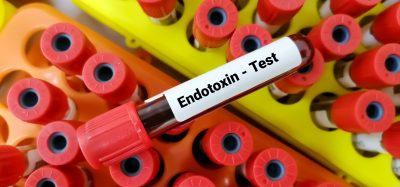Increasing Throughput and Sensitivity of LC-MS assays with a focus on MS optimisation and novel LC strategies


In order to support the expanding protein component of pharmaceutical companies‘ drug pipeline, the rapid development of sensitive and selective peptide bioanalytical methods are required. As an alternative to ligand binding assays (LBAs) LC-MS/MS methods are both sensitive and selective, have a wide dynamic range, and have been a staple in the quantitation of small molecule drugs. Choosing the best MRM for the peptide or protein is a challenge because multiple charge states are possible and the many product ion possibilities leave many MRMs to be screened. Manual tuning is tedious, and optimizing for sensitivity via LC injections is time consuming when monitoring multiple MRMs per peptide and multiple peptides per protein.
DiscoveryQuantTM software is an automated MRM tuning and optimization application and is the ideal tool to perform this optimization to achieve maximum sensitivity. DiscoveryQuant™Optimize software collects product ion spectra and allows for the optimization of compound dependent mass spectrometer parameters (DP, CE, CXP and EP) in under 1.5 minutes via infusion or flow injection analysis. The MRM transitions along with optimized parameters are stored in the DiscoveryQuantTM software database. These transitions are available for incorporation into LC-MRM methods to: perform automated LC screening and validation using ChromaTune and for building quantitative methods and batches with DiscoveryQuantTM Analyze.
In addition to MS optimisation LC selection also plays in important role in LC-MS assay sensitivity. When looking at flow rates entering the source of an Electrospray system ionization efficiency increases at lower flow rates. To take advantage of this microLC can be applied to improve sensitivity in sample limited applications in bio-analysis by LC-MS.
In order to analyse the same volume of sample as is typically injected in a conventional LC-MS system, up to 50 µL, we have developed a microLC system that allows for fast on-line pre-concentration on a short trap column. Because of the higher flow rates that can be used for loading the sample on the trap-column, sample throughput is not affected by using microLC flow rates for the LC-MS analysis.
Keynote speakers
Jason Causon, Senior Applications Specialist, Sciex


Remco van Soest, Product Manager, Sciex


Supported by Sciex
As part of the Danaher family of global life science and technology innovators, SCIEX has led the field of mass spectrometry for more than 40 years. From the moment they launched the first ever commercially successful triple quad in 1981, they have continued to develop groundbreaking technologies and solutions that have influenced life-changing research and revolutionised the industry.
Find out more: www.sciex.com
Related topics
Assays, HPLC, Liquid Chromatography - Mass Spectrometry (LC-MS), Mass Spectrometry



